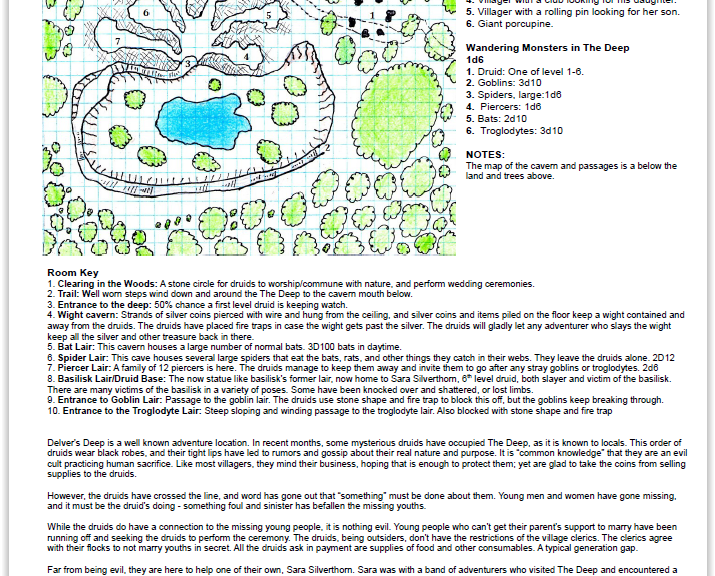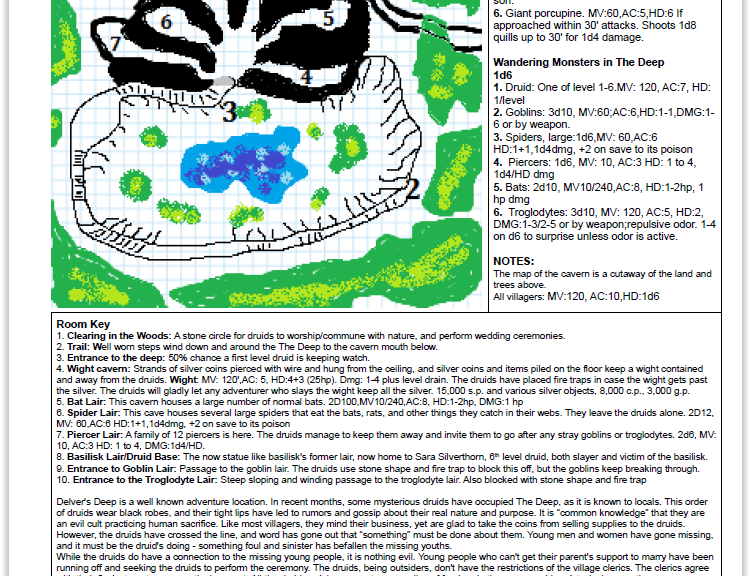I just watched the Vikings season 3 finale. I like how they pack so much into seasons of just a few episodes.
It is interesting how they take historical and semi-historical figures and weave a story among known historical events.
I won’t post any spoilers here, but I will say there are multiple surprises of how they wrapped up a few loose ends, but left a twisted trail of many more things to come in the next season.
I wonder how many years they will skip when it comes to the next season.
I like how they have portrayed vikings as more than bloodthirsty plunderers. They show social divisions among the vikings and what we know about them from their own stories, first hand accounts, and archaeological finds. Of course, with fiction, they take many liberties and insert things the writers made up that are very fantastic.
There seems to have been a revival of interest in vikings in various RPGs or RPG add ons, like adventures and campaign settings, in recent years.
This is a big change to how vikings influenced my original experience of their influence on AD&D. That is, the berserker, under Men in the Monster Manual. This single narrow aspect of some viking warriors is all that some knew of them, beyond their raiding coastal towns and villages.
The vikings were great explorers, who sought new lands and new goods for trade. Their influence via trade was perhaps greater than that of their raids. However, it is the dreaded viking raid that made the biggest impression on most of Western Europe. Of course, the survivors of many of these raids were the monks who were able to write about their experiences and preserve their side of these encounters. I am not aware of any direct connections to the viking side of these raids. Do the sagas that we have today hold such information?
What I do know is that a population growth lead to seeking new lands and new wealth. When money is based on gold and silver, of which there is a finite supply, one has to find it through either mining or taking it from someone else. Thus, a common motivation throughout history. This same motivation will exist in RPG’s, like D&D, whose economies are based on coins of precious metals. Land and certain other items that don’t decay will also hold value.
So as the vikings were motivated by an expanding population and so forth, other groups of men and humanoids will have similar motivations for their raids and efforts at expansion. Other motivations might be doing the bidding of their deity or being manipulated by someone on a quest for power, whether it is political or magical. A shortage of females might prompt gathering brides, or for a female dominated society, it might prompt gathering grooms.
Concentrations of wealth, such as cities will be attractive. Only walls that are well defended will provide the most protection. Even that might not be enough for a determined and motivated force. Caravans or convoys of merchant ships might also be targets.
Bribes, threats, tricks, and other things might be used to get inside the walls of a city to allow a large force of raiders inside to get what they are after.
Some ruler or other type of power broker or power seeker might seek to manipulate a viking like group into going after his enemy or some other target to facilitate his own plans. A powerful wizard seeking a specific item, might use a raid to distract all the guards to defend the walls, to make it easier to pop in and take what she is after. An evil cleric might do something similar to gain an item, desecrate a good temple, of establish a foothold of evil in a city.
Related to my A to Z series on cities, this fits in nicely as a second article on V. Who wants what is in the city? Who are the enemies of the city? Who or what is the reason the city has walls and gates? As with anything, there are two types of threats to a city, known and unknown.
Obviously, it is much easier to plan for known threats. Unknown threats can only be guarded against based on how similar they are to known threats. For example, in a world without known magic, how would one guard against it? In a fantasy setting with magic, one can only guard against the types of magic one knows about. Invisibility, illusions, and disguises are all general categories, but some specific magic items, or unique spells would present a threat to undermine all defenses.
For physical threats that are unknown, it can be a new tribe or group of humans or a resurgence of humanoids whose population has recovered after their last beat down.
Vigilance against a threat is hard to maintain all the time without discipline and a very regimented dedication. It always happens that in time, people tend to forget the bad times, and don’t see the connections in events that lead to some “sudden” occurrence that in hindsight was building towards its outcome.







